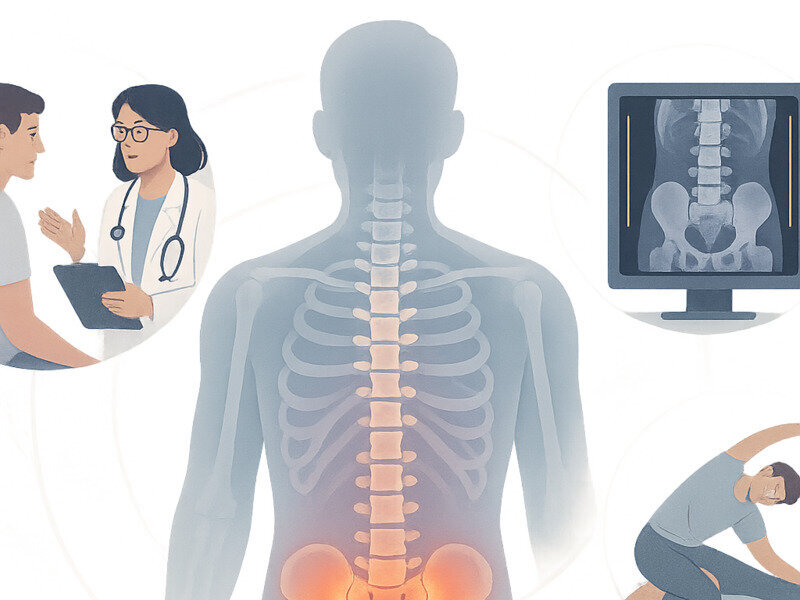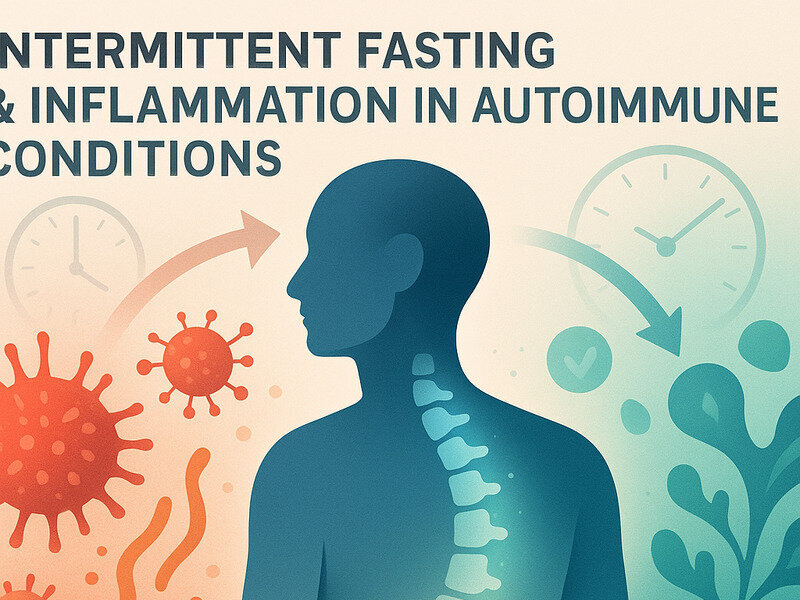
Ankylosing spondylitis (AS) is a chronic inflammatory disease that primarily affects the spine and sacroiliac joints, leading to severe pain and stiffness. Despite its significant impact on quality of life, diagnosing AS can be notoriously challenging, often taking years from the onset of symptoms to a confirmed diagnosis. This article explores the reasons behind these diagnostic delays and provides actionable strategies for patients seeking answers.
Understanding Ankylosing Spondylitis
Ankylosing spondylitis is part of a group of diseases known as spondyloarthritis. It is characterized by inflammation of the vertebrae in the spine, which can lead to chronic pain and discomfort. Over time, AS can cause the vertebrae to fuse, resulting in reduced flexibility and a hunched posture.
Prevalence and Demographics
AS affects approximately 0.1% to 1.4% of the population globally. It is more common in men than women, with symptoms typically appearing between the ages of 15 and 45. The disease is strongly associated with the HLA-B27 gene, which is present in about 90% of those diagnosed with AS, although not everyone with this gene will d...
Premium preview
Premium members unlock the full article—complete step-by-step routines, deeper coaching notes, and exclusive frameworks.


